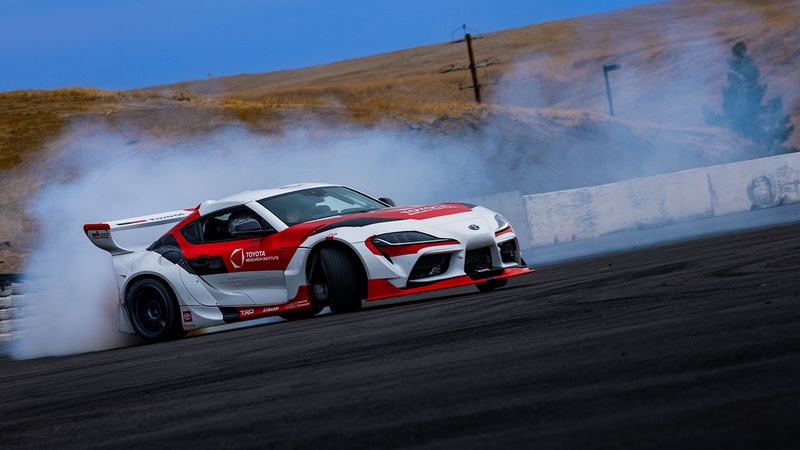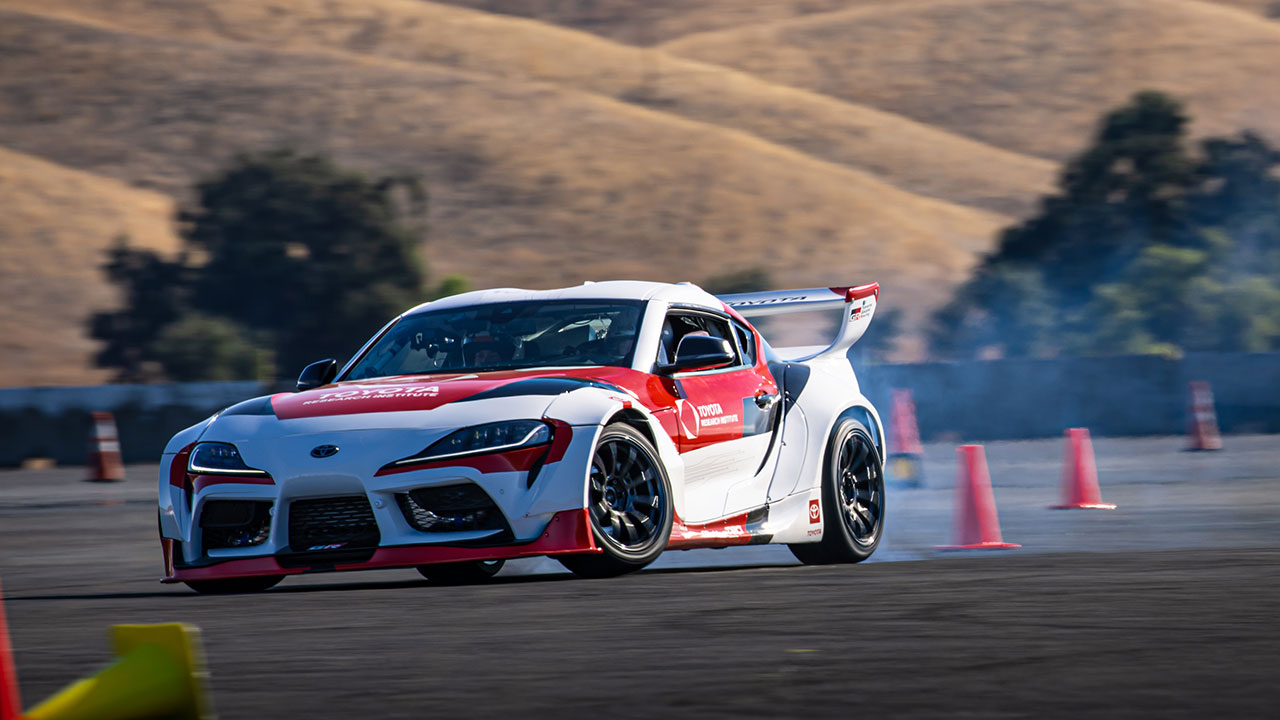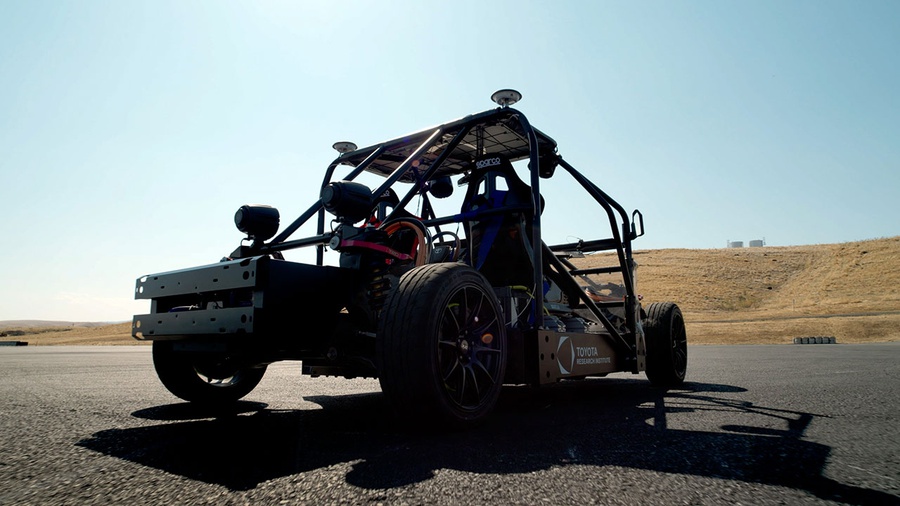The TRI is investigating how it can use autonomous technology to design super advanced driver assistance technologies systems that work with the person in control, rather than taking over completely or leaving it all up to them.
“Safety is a top priority for Toyota,” said TRI CEO Gill Pratt. “Our human-centered approach is discovering better, safer ways for humans and AI to collaborate. We’re amplifying people by building models that predict drivers’ actions, developing AI that enhances driver performance.”
To this end, it has developed what it calls a "Driving Sensei" concept, which uses artificial intelligence (AI) to help drivers master driving skills through a combination of AI-driven instruction and AI-assisted driver support, rather than simply taking over. The three pillars of the approach are human-centered learning, driver/vehicle performance and safety, and shared autonomy.



For the first pillar, Toyota is using machine learning to decipher everything from a driver's awareness to their intentions. The model is designed to ensure that its autonomous technology interprets what the driver needs, not the other way around.
For the driver/vehicle performance and safety pillar, it wants to ensure that its autonomous technology is as capable as the best human drivers. To achieve this goal, it has developed a self-driving Supra that is programmed to drift, as well as an autonomous Lexus LC 500 with a slightly more useful feature: obstacle avoidance.
Finally, the Shared Autonomy pillar is where things get really interesting. To show how it works, Toyota invited journalists to a test track to experience an unusual prototype with no body and steerable rear wheels. Called the Global Research Innovation Platform, or GRIP, the vehicle is designed to help drivers learn how to handle high-intensity situations in a more controlled environment.
The rear wheel steering allows the GRIP to simulate drifting at a low speed, teaching skills like counter-steering and throttle control. In addition, TRI has developed an AI coach that gives real-time, natural-sounding advice on how to improve their drifts.
And Toyota is taking this really seriously. Not only is it trying to develop tools to help drivers learn the basics of drifting, according to a post it published on Medium, it’s looking at how humans learn. It says that its research has allowed it to develop learning tools that don’t lead to dependence from the driver, but keep the difficulty low enough to enable progress, which naturally incentivizes people to learn more.
The company says that the real point of this technology is to help drivers develop the skills to handle situations that they are more likely to encounter in the real world, such as suddenly hitting a patch of black ice.
“Can we save more lives by bringing automated vehicle technology to more people in more places and sooner?” said Avinash Balachandran, director of TRI’s Human Interactive Driving Division. “We think the answer is yes – by rethinking the way people and embodied technologies interact to create new experiences and value for our customers.”
Source: Toyota via Medium


